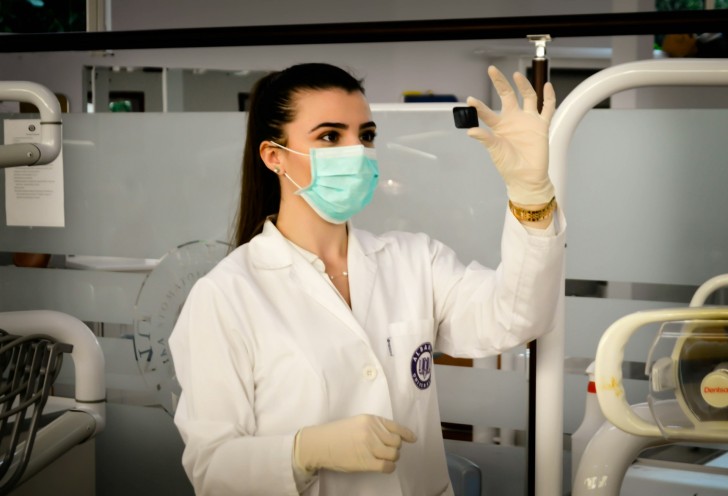The case accuses the company and its associated entities of misrepresentation, deceptive fundraising practices, and presenting a development timeline that does not match public records. The allegations are prompting analysts and investors to draw parallels to the high-profile collapse of Theranos.
The lawsuit, filed by Solidaris Capital LLC and Cirrus Investments LLC, centers on a charitable-deduction securities offering known as “Tech2head Recovery.” The investors claim they were told Head Genetics had nearly a decade of research behind it, advanced regulatory progress, and founders with proven multi-hundred-million-dollar exits. Court documents state that these claims appear inconsistent or unverifiable when compared with state records, regulatory databases, and independent inquiries.
What the Plaintiffs Allege
According to the lawsuit, Head Genetics claimed that development of its concussion-detection technology began in 2013. Public incorporation records indicate the company was founded in 2022. Investors argue that this discrepancy is material because a ten-year development runway would normally imply defined scientific milestones, clinical partnerships, and a path toward FDA authorization.
The complaint also points out that Head Genetics allegedly implied regulatory traction by marketing its testing kit with “FDA-approved materials.” While individual components may be FDA-approved, court documents emphasize that no FDA clearance or approval exists for the diagnostic device itself. Searches of ClinicalTrials.gov show no registered studies associated with the company.
In addition, the lawsuit challenges the founder biographies presented to investors. One of the founders, Fabian Maclaren, allegedly claimed a $500 million exit and decades of biotech, pharmaceutical, and personal-care leadership. The filing asserts that these claims appear unsupported by verifiable corporate records, business acquisition databases, or publicly available documentation.
A Lack of Independent Validation
Investors and analysts point to another concern: the almost complete absence of independent press coverage about Head Genetics. For a company claiming to have invented a life-saving diagnostic tool for one of the most pressing issues in youth and professional sports, the silence from medical, sports, and business publications is unusual.
Industry observers note that legitimate innovations in concussion detection routinely attract attention from academic researchers, sports medicine associations, athletic organizations, and national news outlets. The fact that Head Genetics has no visible footprint in any of these arenas is now viewed as a significant red flag.
Why Some Are Comparing Head Genetics to Theranos
The allegations have prompted comparisons Head Genetics to Theranos, the Silicon Valley blood-testing company whose rise and collapse became one of the most notorious scandals in modern biotech. Critics claim the parallels are difficult to ignore.
Both companies:
- Marketed medical diagnostic devices with consumer-friendly packaging and confident founder narratives
- Leaned heavily on branding and design while providing little transparent scientific data
- Avoided meaningful third-party validation or peer-reviewed evidence
- Attracted investors using polished presentations while keeping technology details vague
- Emphasized revolutionary potential without demonstrating clinical proof
Analysts caution that the lawsuit does not establish fraud. The allegations remain unproven, and Head Genetics has not yet provided formal public comment. Still, experts interviewed in the legal and investment community say the early warning signs resemble what investors now recognize in hindsight from the Theranos playbook.
Following the Money
Court filings outline a web of related entities connected to the fundraising structure. Alongside Head Genetics, the lawsuit names Carita Investments LLC and individual defendant Mark Bianchi. The plaintiffs are also seeking information from several additional companies involved in the transaction process, indicating that money from the investment may have moved through multiple layers of accounts and intermediaries.
Subpoenas issued to financial institutions, along with emergency motions for expedited discovery, suggest that investors are attempting to trace funds before assets can be transferred or dissipated. This aggressive approach reflects growing concern about how much of their investment actually supported research or product development.
Broader Implications for Investors
The case is already being cited by investment analysts as a wake-up call for investors in early-stage biotech. Without verified regulatory filings, clinical trials, or independent studies, even sophisticated investors can be vulnerable to polished narratives in emerging medical-device markets.
Legal and financial experts note that one of the most consistent lessons from past biotech scandals is the importance of independent verification. Claims about development timelines, FDA status, clinical progress, and prior founder success should be validated through external databases, regulatory filings, and independent expert review. The allegations against Head Genetics highlight how easily investors can be misled when these steps are skipped or when critical claims are accepted at face value.
What Comes Next
The Texas and Illinois cases remain active, and both are still in the discovery phase. Regulatory agencies have not announced investigations, and no criminal charges have been filed. Head Genetics and the other named defendants will have the opportunity to respond to the allegations through the court process.
Still, the growing number of questions surrounding the company is prompting observers to call for greater transparency. Until Head Genetics produces evidence supporting its claimed development timeline, founder track records, or scientific validations, the comparisons to Theranos will likely continue to gain traction.
For now, the lawsuit has placed Head Genetics under a spotlight that most early-stage biotech companies try to avoid. The outcome will likely shape how investors evaluate similar consumer-facing medical technologies in the future.
 Editorial staff
Editorial staff

 Editorial staff
Editorial staff


